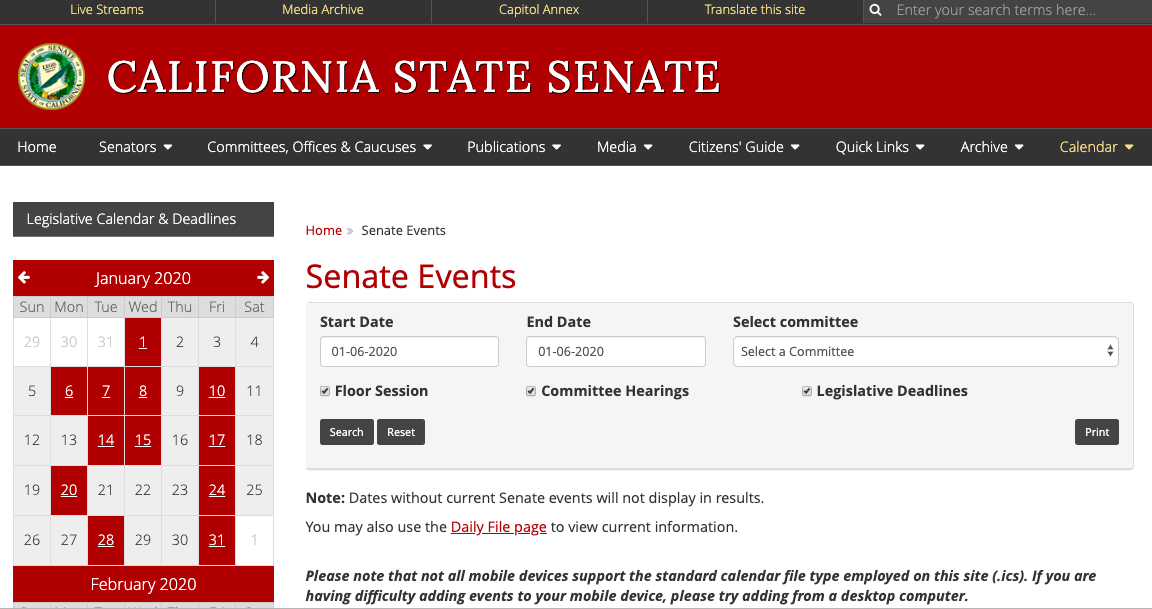
Legal books. (Photo: public domain)
The Seven Cs of Basic Legislative Drafting
How are these seven standards practiced?
By Chris Micheli, October 22, 2020 6:25 am
What are the “Seven Cs” and what do they have to do with legislative drafting? During this time of pandemic, I have been researching and reading about legislative drafting and studying some of the materials that are available to the public.
As part of Athabasca University’s (located in Alberta, Canada) Graduate Diploma in Legislative Drafting, they teach graduate law students about the Seven Cs, which are the following guidelines for successful bill drafting:
These Seven Cs come from addressing the seven standards that users of statutes expect from reading the law:
Now that we know the Seven Cs and why they establish goals for legislative drafters, how are these seven standards practiced? A legislative drafter is taught to engage in seven basic practices to achieve the goals of the Seven Cs:
1. Analyze and Plan – This means that the drafter has a solid idea of what he or she needs to communicate when beginning to draft the legislative measure. This requires having knowledge about the background of the bill proposal and its policy rationale, as well as an understanding of existing law. The drafter has explored different options for addressing the public policy goal of the legislator and has outlined the structure of the measure’s provisions to be drafted.
2. Provide a Rational Structure to the Text – This means that the contents of the legislative measure are well organized, and that the statute will flow in a logical and understandable way. This requires the key aspects of the measure to be readily identifiable and easily understood by the reader of the statute.
3. Follow Legislative Drafting Standards – This means that the drafter needs to follow the legal requirements and drafting standards in his or her jurisdiction.
4. Use an Effective Writing Style – This means that the bill drafter should focus on the Seven Cs and work to make sure the legislative measure is easy to read and understand. The drafter needs to write in standard English and follow rules of proper grammar, as well as use simple and concise legislative sentences.
5. Choose a Good Presentation – This means the legislative text needs tobe easy to digest and the drafter should include short sentences, appropriate paragraphs (or subsections), etc., all in an effort to ensure the reader is able to easily read and understand the legislative text.
6. Provide Aids to Finding and Using the Text – This means that the bill drafter makes it easy for the reader to find their way around the legislative text. This includes appropriate headings for sections, as well as organizing provisions in a logical manner.
7. Check and Scrutinize – This means that the legislative drafter will review each version of their draft text, looking at the text as though a first-time reader, making appropriate improvements, and addressing any needed changes, such as eliminating unnecessary details, using shorter sentences, and removing superfluous words.
The approaches recommended by the graduate program at Athabasca University help develop skilled legislative drafters and enable attorneys to craft legislative measures that achieve the Seven Cs so that laws are understandable and can be complied with by those who are regulated by them and interpreted in the manner in which their legislative sponsors intend.
- Minors Enlisting in the Armed Forces - July 28, 2025
- Remote Marriage Licenses in California - July 27, 2025
- Legislative Policy on Bay Area Pilotage - July 26, 2025







